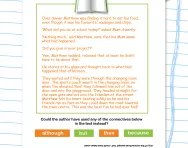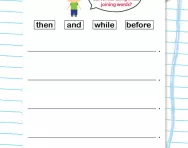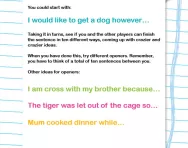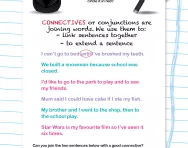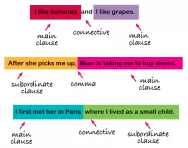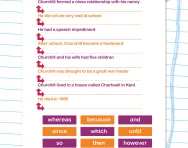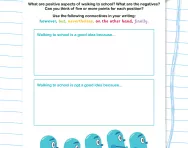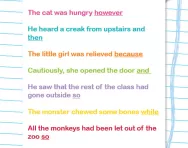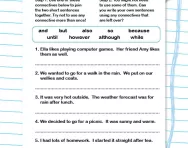Important update from TheSchoolRun
For the past 13 years, TheSchoolRun has been run by a small team of mums working from home, dedicated to providing quality educational resources to primary school parents. Unfortunately, rising supplier costs and falling revenue have made it impossible for us to continue operating, and we’ve had to make the difficult decision to close. The good news: We’ve arranged for another educational provider to take over many of our resources. These will be hosted on a new portal, where the content will be updated and expanded to support your child’s learning.
What this means for subscribers:
- Your subscription is still active, and for now, you can keep using the website as normal — just log in with your usual details to access all our articles and resources*.
- In a few months, all resources will move to the new portal. You’ll continue to have access there until your subscription ends. We’ll send you full details nearer the time.
- As a thank you for your support, we’ll also be sending you 16 primary school eBooks (worth £108.84) to download and keep.
A few changes to be aware of:
- The Learning Journey weekly email has ended, but your child’s plan will still be updated on your dashboard each Monday. Just log in to see the recommended worksheets.
- The 11+ weekly emails have now ended. We sent you all the remaining emails in the series at the end of March — please check your inbox (and spam folder) if you haven’t seen them. You can also follow the full programme here: 11+ Learning Journey.
If you have any questions, please contact us at [email protected]. Thank you for being part of our journey it’s been a privilege to support your family’s learning.
*If you need to reset your password, it will still work as usual. Please check your spam folder if the reset email doesn’t appear in your inbox.
What are connectives?
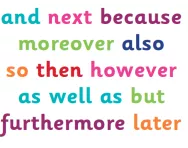
What are connectives?
A connective is a word that joins one part of a text to another.
Connectives can be conjunctions, prepositions or adverbs.
As part of the new primary curriculum (revised in 2014) children are encouraged to refer to connectives using the correct grammatical terms (conjunction, preposition and adverb) rather than the umbrella term 'connectives'.
Co-ordinating connectives (but, and so) link words, phrases or clauses which are equally important. Subordinating connectives (if, when, however, because, while) link a main clause with a subordinating (or dependent) clause.
There are various kinds of connectives:
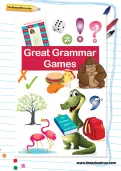
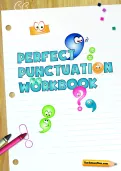
Give your child the gift of great grammar
- Perfect Punctuation Workbook
- Grammar Games Pack
- PLUS 100s of other grammar resources
When do children learn to use connectives?
Children in Key Stage 1 will often produce a piece of writing made up of many simple sentences, for example:
Teachers will encourage children to use the connective 'and' to join simple sentences together, for example:
Teachers will then encourage children to use connectives such as 'but' and 'so' to add layers of meaning to their simple sentences, for example:
could be improved by adding either of these connectives and another clause, for example:
I would love to have a dog, so I am going to keep asking my mum.
As children move through Key Stage 2, they are expected to use other connectives to join a main and subordinate clause, for example:
- I would have approached the witch if I had been braver.
- It's hard to knock on a witch's door when you are really scared.
- I was terrified of the witch because she was looking at me intently.
- I would have run from the witch however the door was bolted shut.
Children in Key Stage 2 are also expected to use connectives at the start of sentences or paragraphs in order to signal the passing of time. For example:
Meanwhile, my parents were at home, frantically wondering where I was.
Children are also encouraged to use connectives in non-fiction texts.
By Year 6 children will need to have a good knowledge of what connectives are, why they are used and how they are used in preparation for the KS2 Grammar, Punctuation and Spelling test. By the end of KS2 children will be expected to be able to separate connectives into conjunctions, prepositions and adverbs.
You'll find connectives worksheets to help your child put theory into practice in our grammar worksheets section.

